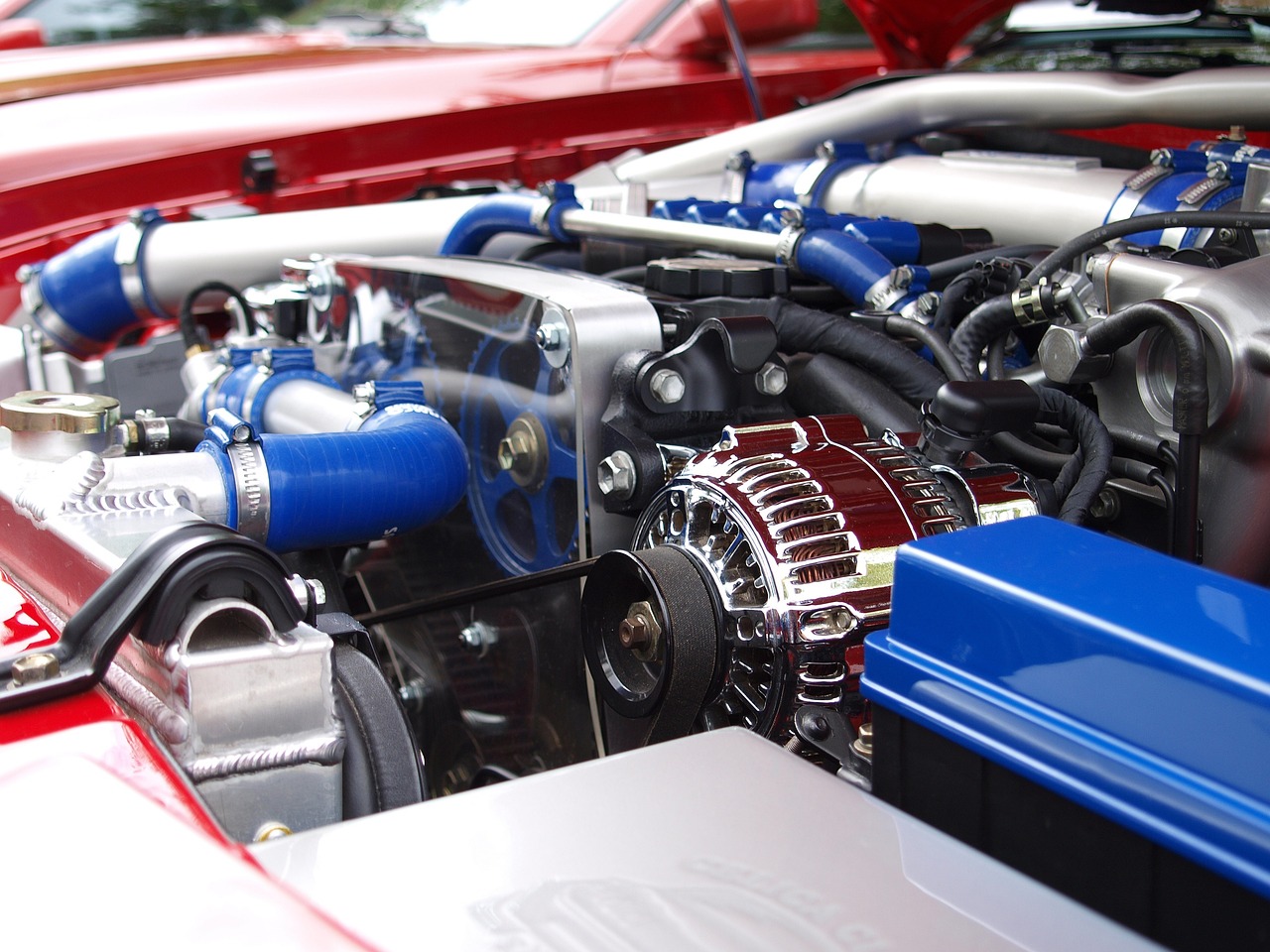The car engine is one of the most important components of a vehicle. It provides the power necessary to move a car and comprises numerous parts.
Car Engine Parts: An Overview of the Key Components

• The brakes are responsible for slowing and stopping the vehicle. The battery provides the electrical power necessary for the car to start and operate.
• The suspension is responsible for providing a comfortable ride and handling.
• A clutch, fluid, and gears make up the gearbox, which transmits power to the tires.
• The tires are responsible for providing traction and cushioning. They are made of rubber and provide the grip and cushioning needed to drive safely.
• The exhaust system is responsible for carrying the exhaust gases.
• The fuel system is responsible for delivering fuel.
• The cooling system prevents overheating.
• The steering is responsible for controlling the direction of the car.
• The oil is responsible for lubrication.
• The alternator is in charge of producing electricity to power the car’s electrical parts.
• The engine delivers power to the transmission through the clutch.
• The radiator is responsible for cooling.
• The drive belt transmits engine power to the transmission and other vehicle parts.
• The brake pads provide the friction required to stop the car.
• The air filter is in charge of clearing trash and dirt from the air.
• The spark plugs are in charge of lighting the fuel.
• The wheel bearings provide a smooth ride and reduce road noise.
These different parts are necessary for proper operation. Understanding the different parts can help drivers and mechanics make informed decisions about how to care for their vehicles. We have provided an overview of the key parts, including brakes, battery, transmission, exhaust, suspension, cooling, interior, steering, tires, oil, alternator, interior, spark plugs, radiator, clutch, drive belt, brake pads, air filter, and wheel bearings.



